Explore Hokkaido’s dynamic South

Hokkaido’s South impresses through its unique history. From prehistoric sites of the Jomon Period to the location of the Battle of Hakodate near the end of the Edo Period, our tour of the region will introduce you to some unknown aspects of Japan’s past – all the while making sure to add some fresh seafood and relaxing hot spring experiences for your enjoyment as well. We will end the tour in the prefecture’s capital of Sapporo, where more cultural highlights await!
- * Please note that the text shown on this page includes machine translations.
Visit Japan’s first Catholic Monastery
Tobetsu Trappist Monastery is located in Hokuto City, which is also known as the gateway to Hokkaido on the Shinkansen (bullet train). Founded all the way back in 1896, the monastery was the first to be established in Japan and continues to be in operation today, with the monks living a self-sufficient life of prayer and contemplation. The road to the monastery, known as the “Road to Rome”, exudes a solemn atmosphere as you approach the main building in the distance. As you enter, there is a small exhibition room where the life of the monks is introduced. In addition, there is a shop on-site, where you can try cookies, butter candy, jam as well as soft serve ice cream. Indeed, it is through the sale of such delicacies, all made from ingredients grown by the monks themselves, that they are able to support their way of life.
The “last Japanese castle” forms part of the historical sites of the battle of Hakodate
Matsumae Castle (also known as Fukuyama Castle) was the last castle built in Japan’s Edo Period, before the country modernized as part of the Meiji Revolution. It was also the site of the Battle of Hakodate, where the Tokugawa Shogunate staged its final fruitless defense against the newly formed imperial forces. In addition to the beautiful castle grounds, the north of the castle is known as a “Teramachi”, as it was once home to more than 20 temples. Five of these, including Ryuunji and Hogenji, still exist today making the whole area a great place for a walk. This is especially true in Spring when the cherry blossoms bloom. Indeed, there are more than 250 species and 10,000 total cherry blossom plants, which bloom for about a month starting at the end of April. This has earned the castle acclaim as one of Japan’s 100 Cherry Blossom Spots, in addition to being registered as a Hokkaido Heritage Site.
A Ryokan that serves as the perfect base for exploring the Matsumae region
Onsen Ryokan Yano was founded in 1951, and today is the longest running inn in Matsumae. Featuring traditional Japanese food and an on-site hot spring, it is the quintessential Ryokan. Indeed, the culinary experience exclusively makes use of locally produced ingredients, with the house specialties centering on seafood primarily – including tuna, unprocessed nori, Ezo abalone as well as sea urchin. On the other hand, the large open-air bath features 100% water straight from the source, making it an authentic Onsen. With all the guest rooms overlooking Matsumae Castle, Yano is the simply the perfect spot for sightseeing in the city and its surroundings.
Enjoy a beautiful view of South Hokkaido by train
The South Hokkaido Railway Company is a local railway that connects Goryokaku Station in Hakodate City to Kikonai Station, which in turn is connected to the Hokkaido Shinkansen. The company is unique in that it is the only third sector railway company currently in operation in Hokkaido, making the run between Hakodate and Kikonai in about 1 hour. The train is popular due to the spectacular views of the Tsugaru Strait that it offers, which are made even more special if you take the limited tourist train “Nagamare Kaikyo” (only operated as part of tours). Loved by locals and travelers alike, it is the perfect mode of transportation to visit the region’s many treasures, starting with the Trappist Monastery.
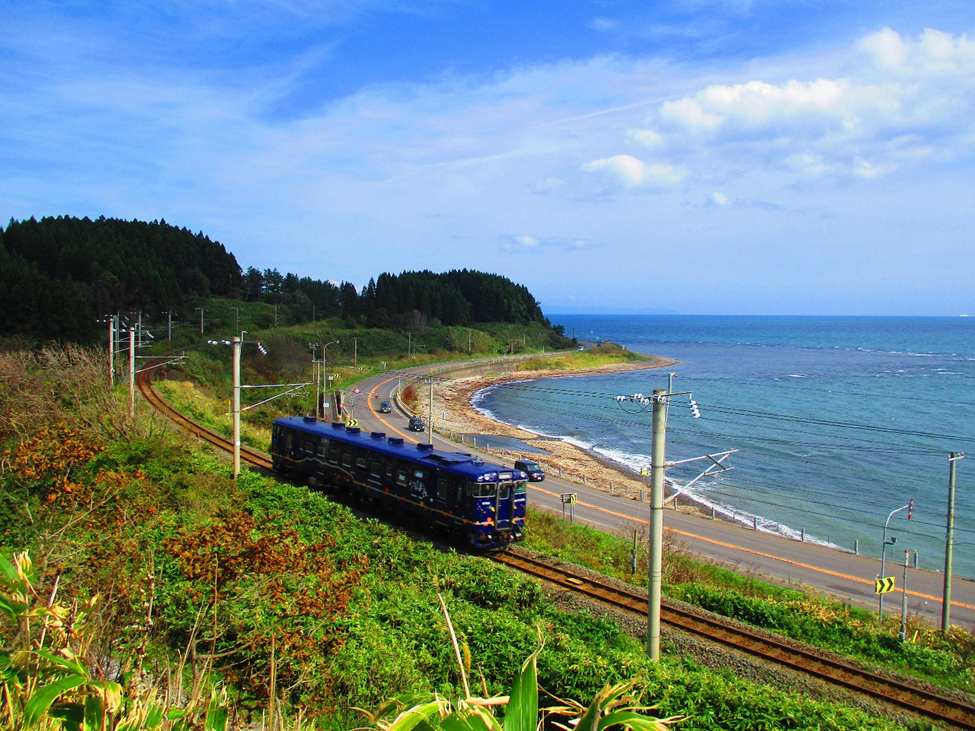
Take a trip back in time and learn about Japan’s Jomon Period
At the Hakodate Jomon Culture Center, which is located in the northeast of Hakodate, you will have the opportunity to learn more about Japan’s prehistoric Jomon Period. The facility features a treasure trove of different artifacts from the period that were excavated in Hakodate, including pottery and stone tools. The highlight is without a doubt the “Hollow Clay Figure”, which was designated a National Treasure (Hokkaido’s first). Interestingly the center doubles as a roadside station, making it a perfect stopover if you are enjoying a drive in the region.
This Jomon site has recently been designated a Unesco World Cultural Heritage
The Ofune Site is located in the northeast of Hakodate and consists of more than 7 hectares of crucial archeological sites from the Jomon Period, thought to be from 5500 to 4000 BC. The prehistoric settlement has a residential area with the remains of more than 100 pit dwellings and large artificial earthen mounds. To their southwest, more than 100 pits, including graves and storage pits, have also been discovered. The earthen mounds have yielded huge quantities of pots, stone tools and scorched earth, suggesting that rituals and ceremonies were continually performed here over a long period of time. At the site, you can also enjoy recreations of life in the settlement at “Jomon no Niwa” as well as a reenactment of the period’s forestry activities at “Jomon no Mori”. As of June 2021, the sites have been registered by UNESCO as a World Cultural Heritage Site, forming part of the Jomon Prehistoric Sites in Northern Japan.
The most popular hot spring resort in Southern Hokkaido
Yunokawa Onsen is the most famous hot spring area in Hokkaido’s south and is one of the three major hot spring villages in Hokkaido, alongside Noboribetsu Onsen and Sadayamakei Onsen. It has a long history and legend has it that in 1653, the local feudal patriarch was cured of an incurable disease after bathing at Yunokawa. In addition to the relaxing spa experience, the view overlooking the Tsugaru Straits and the fresh seafood unique to Hakodate add to the area’s charms. Finally, Yunokawa’s convenient location between Hakodate City and Hakodate Airport makes it an ideal stopover.
Hakodate’s Morning Market impresses with its fresh selection of seafood
Located a stone’s throw away from JR Hakodate Station, the city’s Morning Market features a whopping 250 stores selling primarily fresh seafood, but also fruits, vegetables and even souvenirs. True to its name, the market opens at 5:00 in the morning (6:00 from January to April) and offers a myriad of fresh food ready to be consumed on-site, such as the classic “Kaisendon” – a rice bowl topped with fresh seafood. It is one of the most popular spots in Hakodate, with an average of 3,000 people visiting daily.
Upopoy, a national center showcasing the Ainu’s history and culture
The Upopoy National Ainu Museum and Park is Japan’s first national museum dedicated to the indigenous Ainu people of northern Japan. It was opened in Shiraoi Town in 2020. The massive complex that houses the museum boasts an 8,600 square-meter area and also features a park and memorial. The Ainu have lived in what is today Hokkaido for centuries and possess a unique cultural heritage that is tied to their ancestral land in an entirely different way from the Japanese settlers coming up from the south. At Upopoy, you can experience their culture through a wealth of programs, including the exhibitions at the museum but also hands-on experiences to learn more about Ainu arts, crafts, and their language. Take note, however, that advanced reservations are required to enter the museum.
Enjoy fresh Sapporo Beer straight from the source, paired with “Genghis Khan”
At the Sapporo Beer Garden, built on-site at the original Sapporo Beer factory, you can enjoy your beer fresh and straight from the source, paired with one of Hokkaido’s specialties: lamb and mutton grilled on a metal skillet, which is known as “Genghis Khan” to the locals. There are five separate rooms to enjoy the meal available. We recommend the Kessel Room, which features a huge beer brewing kettle (Kessel) that has survived since the Taisho Era. Finally, if you want to learn all about the history of Sapporo Beer and its role in the development of Hokkaido, be sure to also stop by the Sapporo Beer Museum. There are free as well as paid guided tours available.
Learn all about Sapporo’s Olympics while taking in a great view of the city
The Sapporo Olympic Museum stands at the foot of the Mt. Okura Ski Jump, which formed part of the stage for the Sapporo Winter Olympic Games in 1972. Here, you can enjoy an impressive exhibition of original archives chronicling the Games, as well as a showcase of athletes that were actives in successive Winter Olympics. The museum features modern multimedia offerings, including a panoramic theater. There is also an interactive corner that allows visitors to experience ski jumping, bobsleigh and cross-country skiing through utilizing virtual technology. At the adjacent stadium, you can head up the lift to enjoy breathtaking views of Sapporo from the observatory, which stands at an altitude of over 300 meters.
Take a deep dive into the nature, history, and culture of Hokkaido
The Hokkaido Museum, located in Nopporo Forest Park in the eastern part of Sapporo, is housed inside a beautiful brick structure and allows visitors to experience the nature, history, and culture of Hokkaido. One of the mainstays of the museum, the “Pioneer Memorial Hall”, was renovated and reopened in 2015. The museum introduces Hokkaido through exhibitions such as “Hokkaido’s place in Northeast Asia” and “The relationship between nature and people”, which each fall under the 5 primary themes of the museum, one of which is Ainu culture. To further your knowledge, there are also events and workshops being held regularly. While you are in the area, be sure to also stop by the nearby “Historic Village of Hokkaido”, introduced below.
Celebrate Hokkaido’s history as a frontier land at this open-air museum
Located in Nopporo Forest Park in east Sapporo, the Historic Village of Hokkaido is an open-air museum that attempts to recreate life in Hokkaido during frontier times. On a vast site of 54.2 hectares, a myriad of iconic buildings from the Meiji to the Showa Era have been reproduced to form the village. These buildings all played a significant role in the development of Hokkaido and were originally built across the prefecture. The village features more than 50 buildings, and horse-drawn carriages transport visitors through the premises.
- Hakodate airport
- Tobetsu Trappist Monastery
- Fukuyama Castle (Matsumae Castle)
- Onsen Ryokan Yano
- South Hokkaido Railway (“Donan Isaribi Tetsudo” railway)
- Hakodate Jomon Culture Center (National Treasure hollow clay figurine (chuku dogu))
- Ofune Site
- Yunokawa Hot Spring
- Hakodate Morning Market
- Upopoy National Ainu Museum and Park
- Sapporo Beer Museum
- Sapporo Olympic Museum
- Hokkaido Museum
- Historical Village of Hokkaido (Kaitaku-no Mura)
*Google Maps is published here using a free quota with limited display counts. Please note that there may be periods when it cannot be viewed due to the circumstances. Your kind understanding is appreciated.
Ranking of popular articles
- Hokkaido Summer Travel Guide
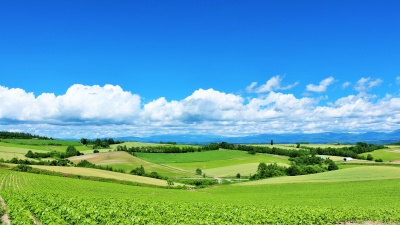
- https://www.visit-hokkaido.jp/en/feature/travelguide_summer
- Hokkaido Spring Travel Guide
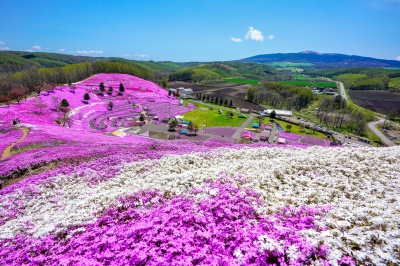
- https://www.visit-hokkaido.jp/en/feature/travelguide_spring
- Here are the recommended cherry blossom viewing spots!
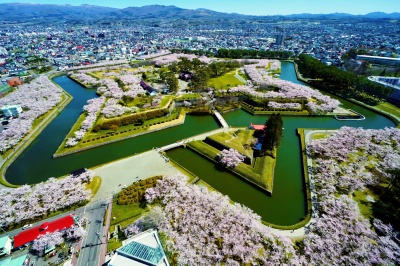
- https://www.visit-hokkaido.jp/en/feature/sakura
- Best Places to View Flowers in Hokkaido vol. 1

- https://www.visit-hokkaido.jp/en/feature/best-places-to-view-flowers-in-hokkaido-vol-1
- When is the best time to see lavender? Recommended Lavender Spots in Hokkaido
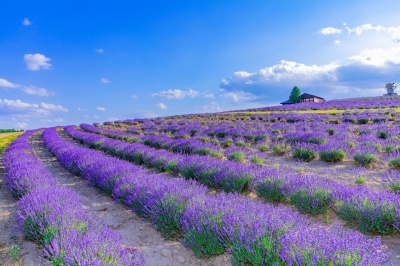
- https://www.visit-hokkaido.jp/en/feature/lavender














